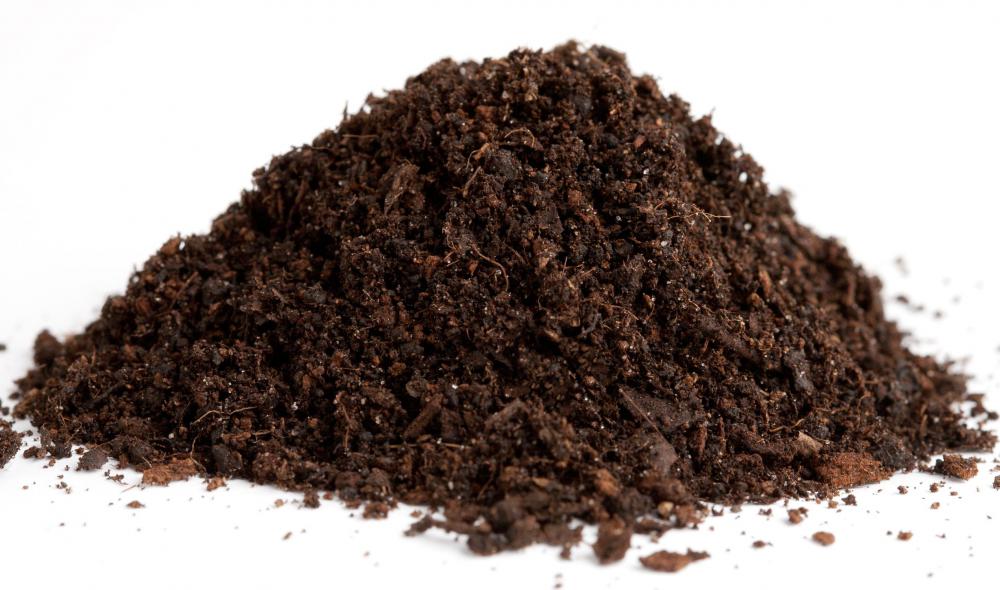At WiseGEEK, we're committed to delivering accurate, trustworthy information. Our expert-authored content is rigorously fact-checked and sourced from credible authorities. Discover how we uphold the highest standards in providing you with reliable knowledge.
What is Aristea?
Aristea, also known as blue flies, blue-eyed iris, windowed aristea, and blue corn-lily, is a genus of spreading, evergreen perennials native to tropical parts of Africa and Madagascar. It is a member of the iris family. Aristea grows at altitudes of 4,921 to 7,874 feet (1,500 to 2,400 m) and is often seen growing in rocky outcroppings. This plant prefers warm, humid climates.
During September and October, the plant produces little bunches of six-petaled, saucer-shaped, medium-blue flowers that are about 1 inch (25 mm) across. There are often more than 100 flowers per stem. Each flower lasts one day or less. It has long, narrow grass-like leaves between 15 and 18 inches (38.1 and 45.7 cm) long that arise from the plant's base. Aristea is usually about 36 to 48 inches (90 to 120 cm) tall.

This is a popular rhizome plant that grows in United States Department of Agriculture hardiness zones eight through 11. It likes temperatures between 50° to 75° F (10° to 24° C). Propagation from seed is not too difficult; however, not all lifted and divided rhizomes survive to produce flowers.
When kept as a houseplant, this perennial grows best in rich, well-drained potting soil. Outside plants need a well-drained, moist soil with plenty of humus. Soil should have an acid-to-neutral pH level. Both indoor and outdoor plants need a full sun or partially shaded environment.

Aristea is susceptible to the spider mite, a common insect in tropical climates. The spider mite spins a web on the underside of the leaves and then feeds on them. Most insecticides do not kill this insect; to keep them under control, plants must be sprayed with a miticide or acaricide specifically targeted to spider mites. Natural predators of the spider mite include small, dark lady beetles called "spider mite destroyers." Pirate bugs, big-eyed bugs, and thrips can also help to control spider mites.
As a rule, this plant does not like its roots to be disturbed, and may not flower until the second season after it is planted. Aristea is used for a variety of landscaping purposes, and often works well when planted near water features, such as a pond or stream. It can also be kept as a potted houseplant in cooler areas during the winter; otherwise it can remain outdoors.
AS FEATURED ON:
AS FEATURED ON:












Discuss this Article
Post your comments